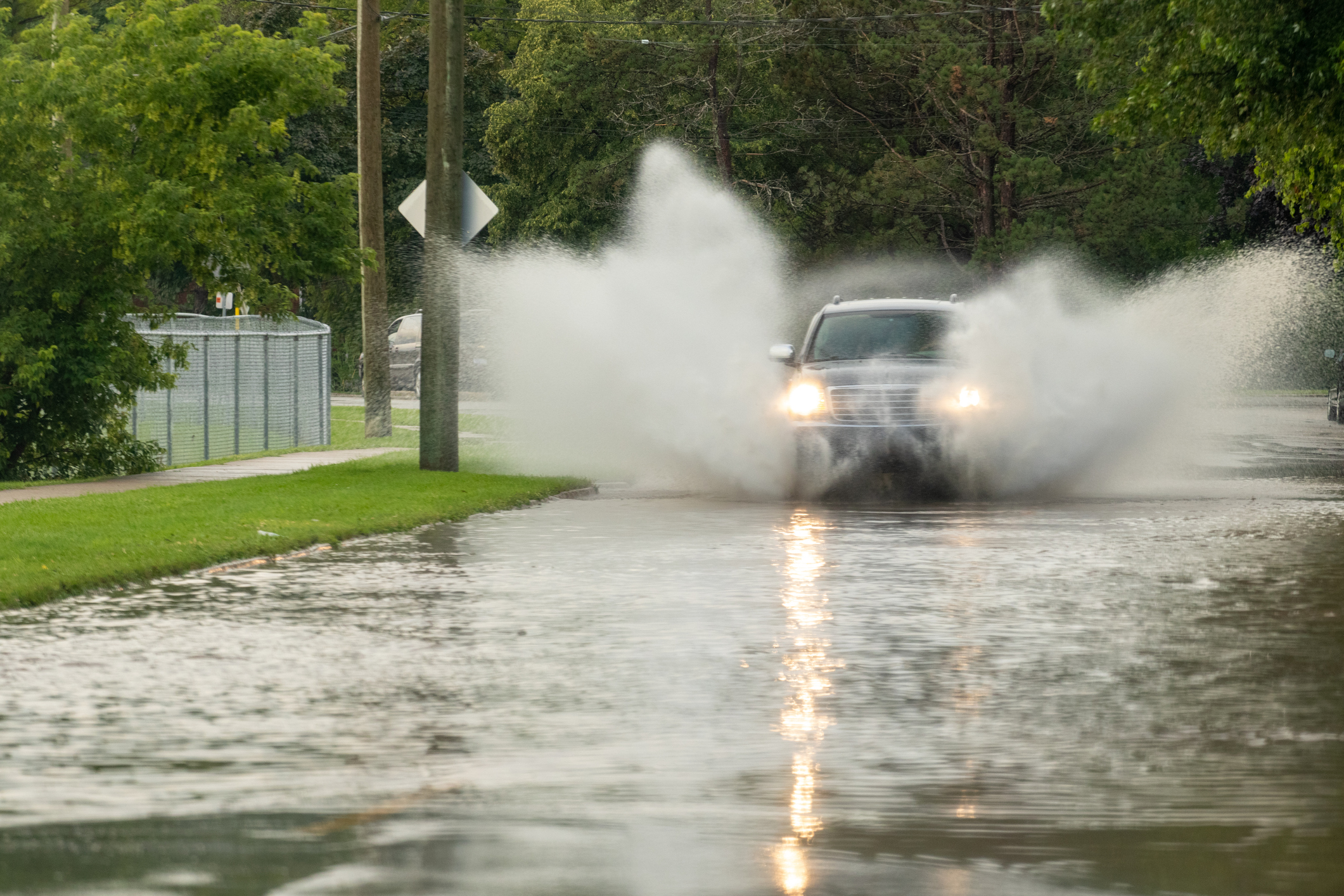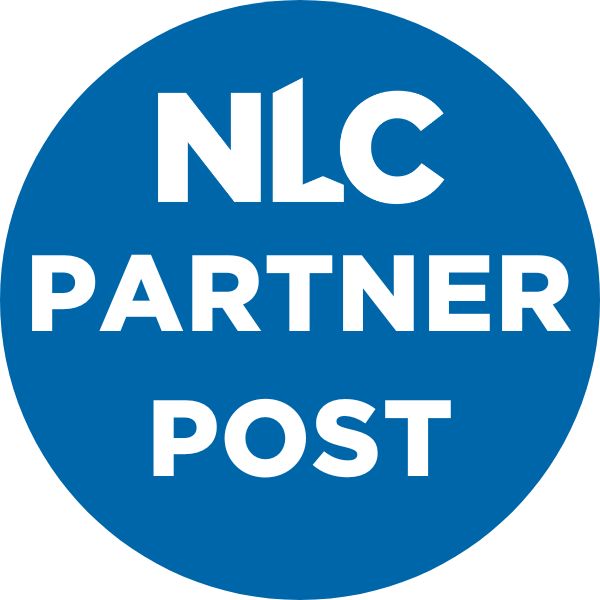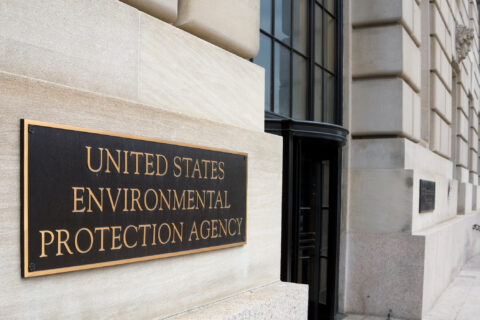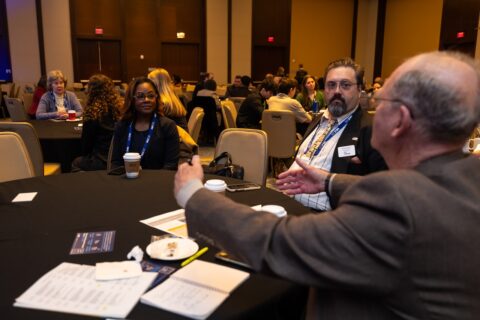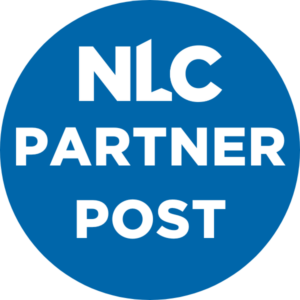Authored by Shannon Carroll, AVP, Global Environmental Sustainability, AT&T
Across America, cities face an unprecedented challenge to respond to and prepare for the damage that extreme weather inflicts on infrastructure, critical systems and people. Last year, the U.S. experienced 27 disasters for which total damages/costs reached or exceeded $1 billion each. In the previous 44 years, the average was 9 billion-dollar disasters per year.
As the frequency and severity of extreme weather events increase, it is critical for city leaders to have the tools needed to assess and address their communities’ vulnerabilities. That is why AT&T developed the Resilient Communities Initiative to provide support to state and local governments, including in developing their hazard mitigation plans.
At the heart of the initiative is the ClimRR Portal. The portal is managed in collaboration between AT&T and two entities under the U.S. Department of Energy: Argonne National Laboratory and the Grid Deployment Office. It makes some of the most sophisticated forward-looking hazard modeling in the world publicly available for free — giving city leaders access to projections for how threats such as flooding, wildfires and heatwaves could affect their populations over the coming decades.
By working with communities across the U.S., AT&T has learned three key lessons for building resilience against extreme weather events at the city level.
1. Every Community Faces Unique Hazards
Take the Barren River Area Development District (BRADD) in Kentucky (which includes National League of Cities member Morgantown, KY) as an example. Similar to many other parts of the country, the area faces greater risk of heatwaves and flooding in the future. An analysis using ClimRR data revealed that the BRADD region could see an additional week of summer days with heat indices of 105 degrees Fahrenheit or higher by mid-century as well as up to five extra inches of annual rainfall. But the area also features large swaths of terrain that is prone to sinkholes because it is made up of soft rock that can be dissolved by water. As rainfall increases in the BRADD region, so does the probability of sinkholes — creating a unique challenge for the area.
2. Environmental Hazards Should Be Examined in the Context of Social Data
People differ in their ability to cope with natural disasters. Seniors and low-income communities are examples of groups who are especially vulnerable to hazards like heatwaves and flooding. In Albany County, NY, a ClimRR analysis found that the area is projected to see higher levels of rainfall in the future. Combined with changes in temperature, more precipitation could lead to a higher likelihood of flooding and landslides. To better understand the risk from these events, the analysis also looked at the percentage of mobile housing and the percentage of the population aged 65 or older across Albany County’s census tracts. This information enables local leaders to consider social vulnerabilities in their resilience planning. To mitigate flooding and landslides, Albany County could invest in upland water storage near river headwaters to capture excess rainfall and in strengthening soil retention and water management systems in clay-heavy areas.
3. Compounding Hazards Pose Significant Challenges
Multiple risks interacting with and influencing each other can result in escalating impacts. For example, in Onondaga County, NY, more intense rainfall and resulting flooding could increase fertilizer runoff into waterways. When combined with higher temperatures, this could result in more harmful and longer-lasting algal blooms — which negatively affects marine life, in addition to the risks to people and infrastructure from the flooding.
Prioritize Resilience Building
Every day, local government leaders across America work to prioritize resilience building today so they can keep infrastructure and people safe for years and decades to come. Through the ClimRR portal, AT&T and its collaborators are sharing the forward-looking data that these leaders need to make informed decisions.
Visit the NLC Strategic Partnerships page to learn more about the organizations like AT&T dedicated to making NLC the premier resource for local governments.
